The genes “MARCH1” and “SEPT1,” for instance, kept getting auto-formatted by Excel.
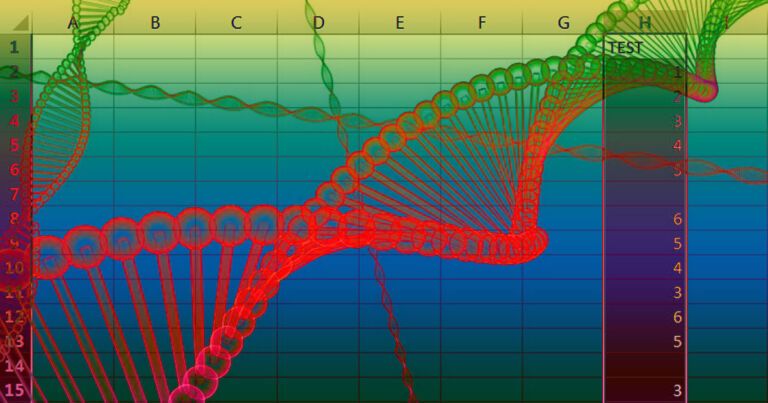


Besides China, Germany and Japan are also researching maglev trains and have so far managed top speeds of 550km/h and 603km/h respectively. By contrast, China’s current high-speed trains have a top speed of between 350 and 380km/h.
The country is planning a network of superfast trains that could slash journey times on major routes.
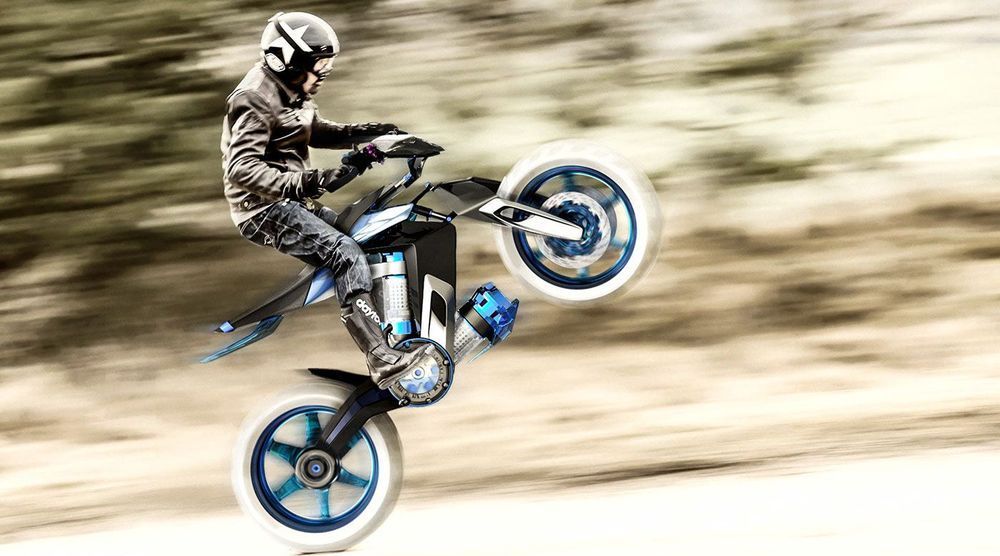
We came across a piece today over at Motorbike Writer about Yamaha preparing a water-powered motorcycle, and while a quick Google revealed this to be nothing more than a Yamaha-sponsored thesis project from 2016, the idea itself is fascinating enough to follow down the rabbit hole.
Water-powered or water-engined are the wrong terms for this. What’s being proposed is a system that replaces the chain, belt or shaft drive to the rear wheel with a hydraulic system that uses water pressure to spin the back wheel. So a fluid drive is probably the better way to put it. Designer Maxime Lefebvre admits as much in the “engine breakdown” slide, saying “to be effective, it needs a water pump.”
That water pump would be the engine. But how realistic is it to think about a water drive system? And what would be the pros and cos of such a thing? Perhaps we can look to two previous New Atlas stories for answers.
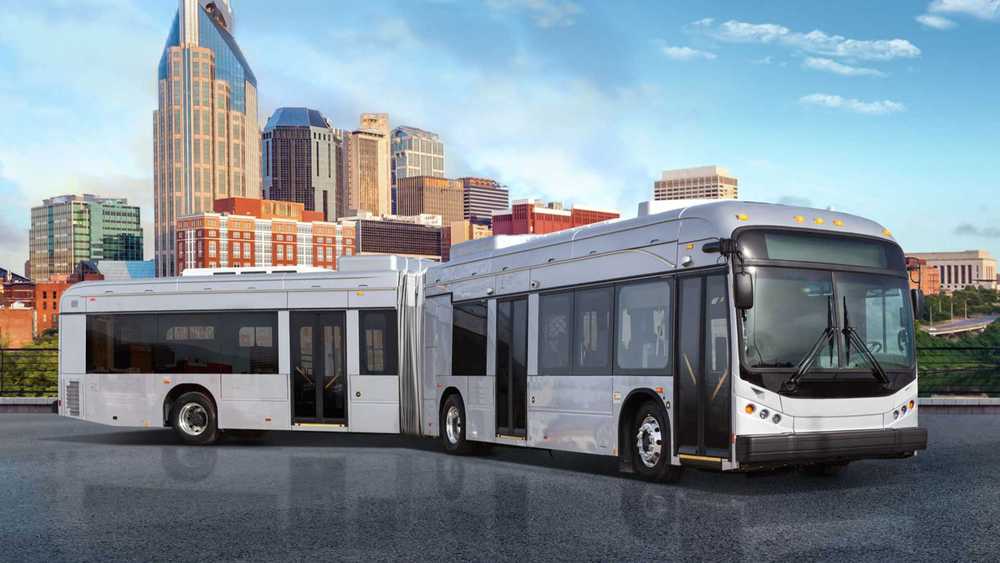
BYD, one of the world’s largest electric bus manufacturer, boasted recently that its zero-emission buses already covered more than 13 million miles (21 million km) in the U.S.
The buses sold in North America are made in Lancaster, California, where local transit agency — the Antelope Valley Transit Authority (AVTA) — just crossed the 3-million-mile mark of zero-emission operations using BYD buses.
Overall, the company sold buses to more than 50 customers across the country. According to BYD, the total mileage translated into:
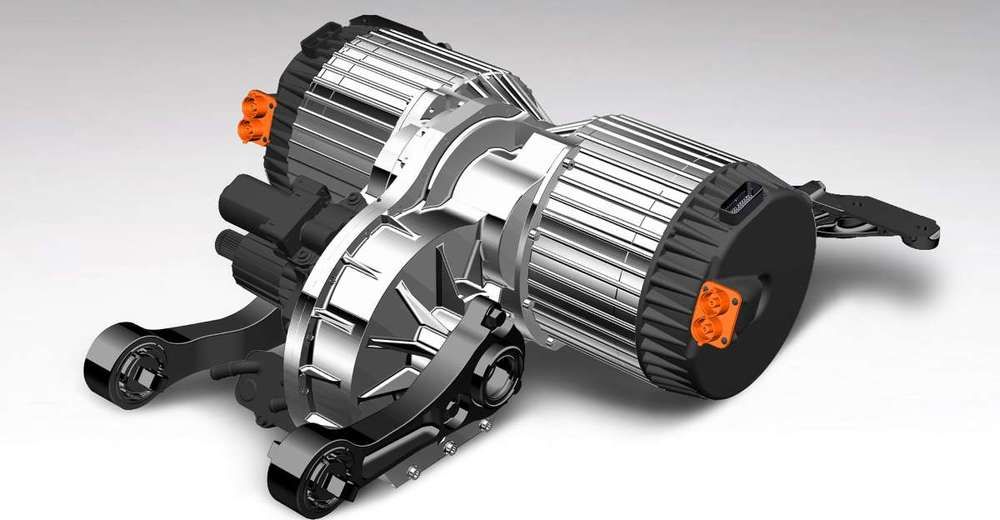
Developed in the 1970s, rare-earth magnets are the strongest type of permanent magnets made today. The more common type are neodymium alloys made with iron and boron, while the other group is samarium-cobalt magnets. The occurrence and production of these chemical elements raise both political and environmental concerns, so to find a more sustainable solution, the UK’s Office of Low Emission Vehicles is funding a nine-partner study called OCTOPUS (Optimised Components, Test and simulatiOn, toolkits for Powertrains which integrate Ultra high-speed motor Solutions). With Bentley joining for the next three years, the program will aim for real-world applications by 2026. Coincidentally, Bentley’s first full EV is also due that year.
Hermeus, a startup backed by venture capital, won a contract to develop an Air Force One plane that can fly at Mach 5, or hypersonic speeds.


However, significant roadblocks lie ahead for these start-ups, including embryonic charging infrastructure and the relatively high cost of making an electric car versus one with an internal combustion engine.
Investors are supercharging China’s largest electric vehicle start-ups to expand in the world’s largest car market.
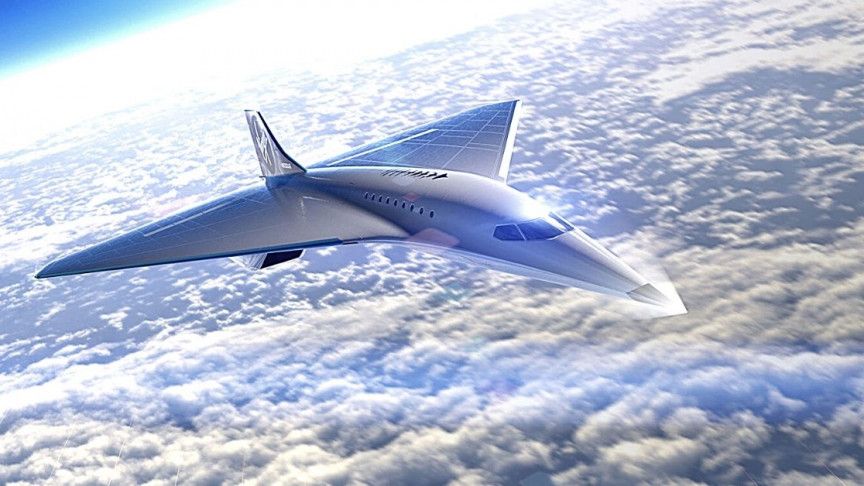
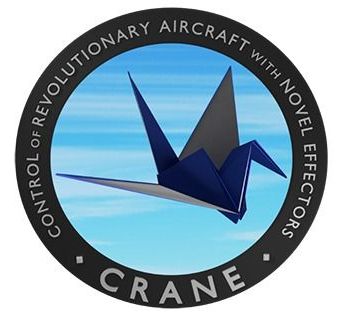
DARPA has selected three performers to work on the Control of Revolutionary Aircraft with Novel Effectors (CRANE) program, which aims to demonstrate an aircraft design based on active flow control (AFC), an area not fully explored compared to traditional flight controls. The goal is to demonstrate significant efficiency benefits of AFC, as well as improvements in aircraft cost, weight, performance, and reliability.
“The performers are looking at using active flow control very early in the design scope. That’s the differentiating piece that hasn’t been done before,” said Alexander Walan, the program manager for CRANE in DARPA’s Tactical Technology Office. “AFC has been explored at a component level, but not as an integral piece of aircraft design. By altering the design approach, CRANE seeks to maximize the chance of a successful X-plane development while also integrating AFC into the aircraft’s stability and control.”
The program is kicking off Phase 0, a long conceptual design phase to give performers time to evaluate flow control options before solidifying their demonstration approaches. The performers selected for Phase 0 are: